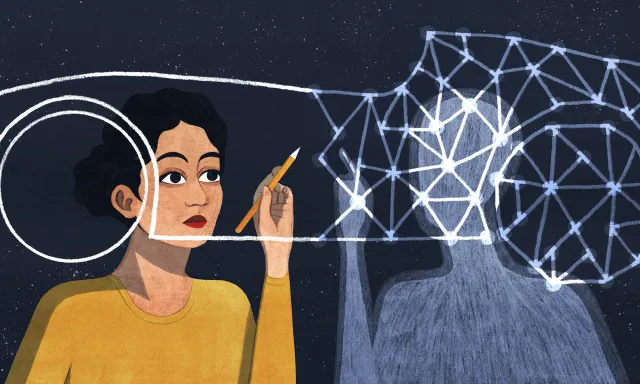Artificial Intelligence (AI) has made stunning progress—writing text, generating art, and even composing music. But a deeper question remains: can machines truly be creative, or are they just imitating patterns?

The Case for Machine Creativity
Generative AI tools like GPT and image models can create paintings, stories, or music within seconds. They’re trained on massive datasets, allowing them to combine ideas in new ways. For many, the results look like genuine creativity.
The Human Difference
Yet creativity is more than remixing data. Humans create from lived experiences, emotions, and intuition. A poem written after heartbreak or a painting inspired by joy has layers of meaning that machines cannot fully replicate.
The Future of Collaboration
Rather than replacing creativity, AI may become a collaborator. Writers can brainstorm with AI. Designers can generate prototypes faster. Musicians can co-create with algorithms. AI acts as a spark, but the human touch brings depth.
The real question isn’t whether machines can think—it’s how humans will use AI to push creativity further. Like paintbrushes and cameras, AI is simply a new tool in humanity’s creative journey.